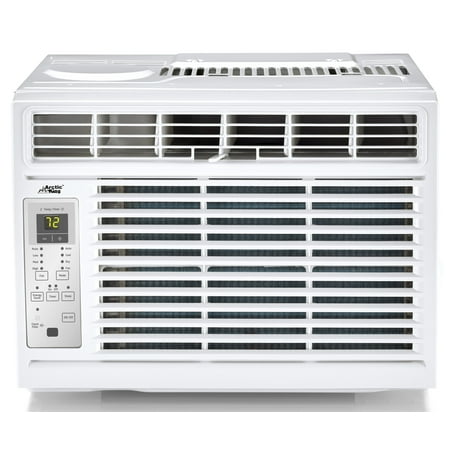US Stock Portable Air Conditioner Mini Cooler Fan, 3 Speeds Personal Cooling System Necklace, USB Rechargeable Super Quiet Working, Leafless Hanging Neck Fan for Summer Indoor Outdoor Travel (White)
【Portable Neck Fan】Our Portable mini air-conditioner with fan, unfastened your palms and convenient to be used indoor outdoor. Soft silicone cloth with adjustable curved structure offers at ease neck safety and adjusts size to unused neck circumference. No problem and Very cozy for Daily Use. 【3 Modes Adjustable】The first mode is ordinary breeze, the second one is low cooling mode and the third is excessive cooling mode. Sending cooling breeze of 42.eight°F.【Long Working Hours】The neck cooling fan is geared up with Super Quite Engine and AI refrigerating Chip with adjustable fanatics, simple to function and effective to quiet down. 2*1800mAh battery maintains continuously running for common 7-eight hours(20 hours fanning or 3hours cooling).【Rotation Design】This air conditioner cooling neck fan allows you to flexibly adjust the direction of 45 degrees to permit you to locate the maximum suitable course. 【Widely Applied】Our neck fan is carried out to various sports, like golfing, hiking, fishing, subway, biking excursion, festival, commuting, and faculty. Suits to human beings from 10 to 60. This is a wonderful desire for you.












Reviews
There are no reviews yet.